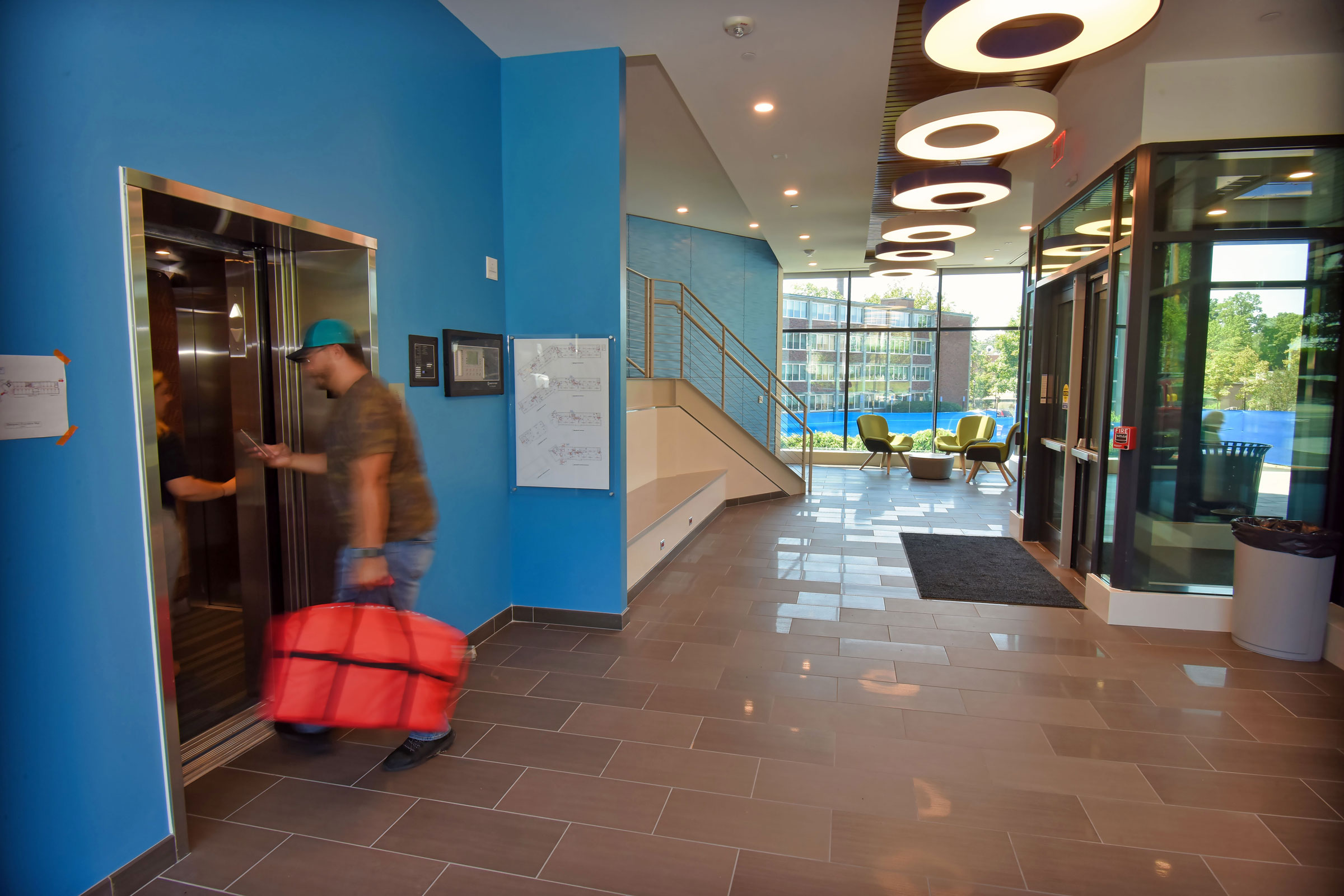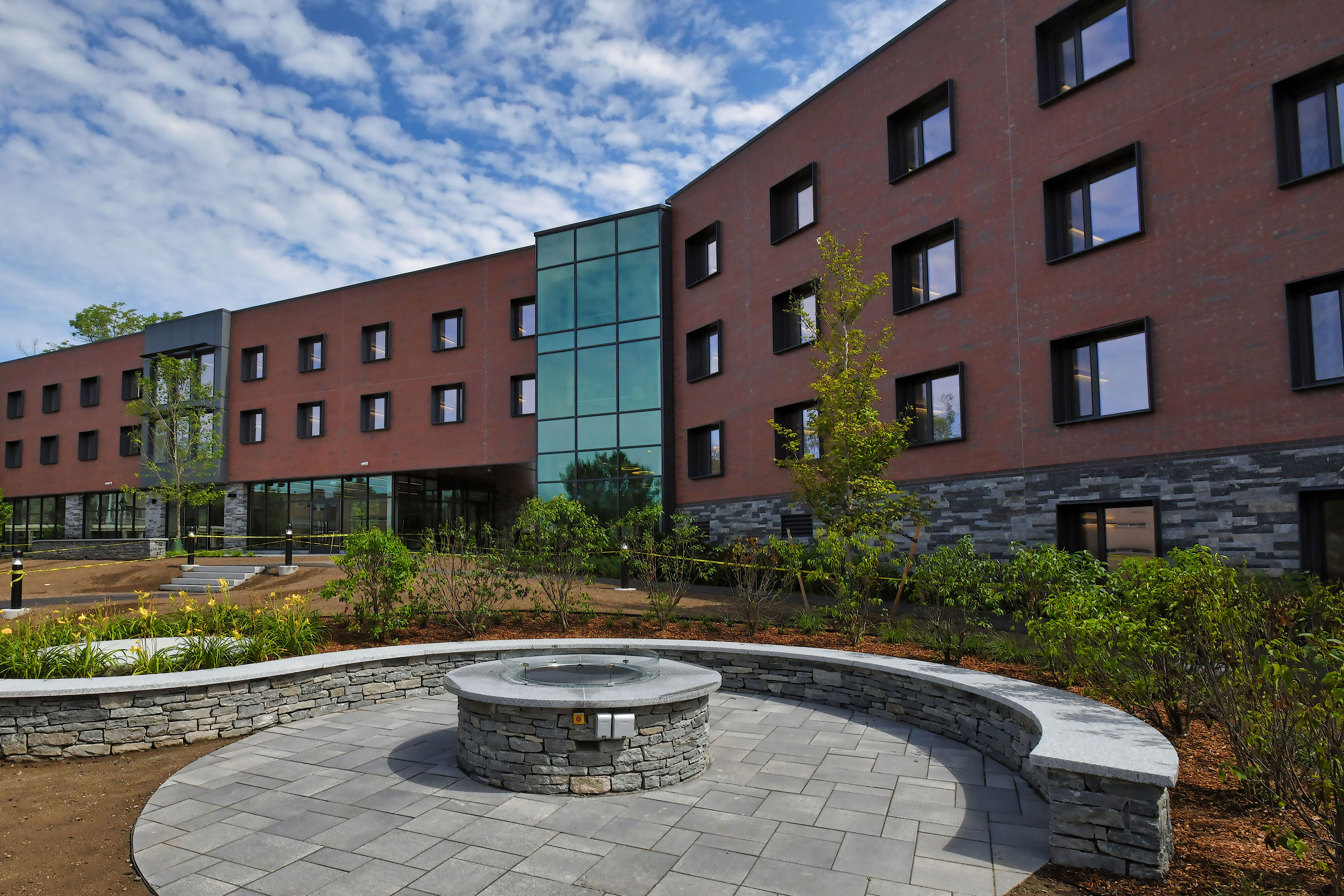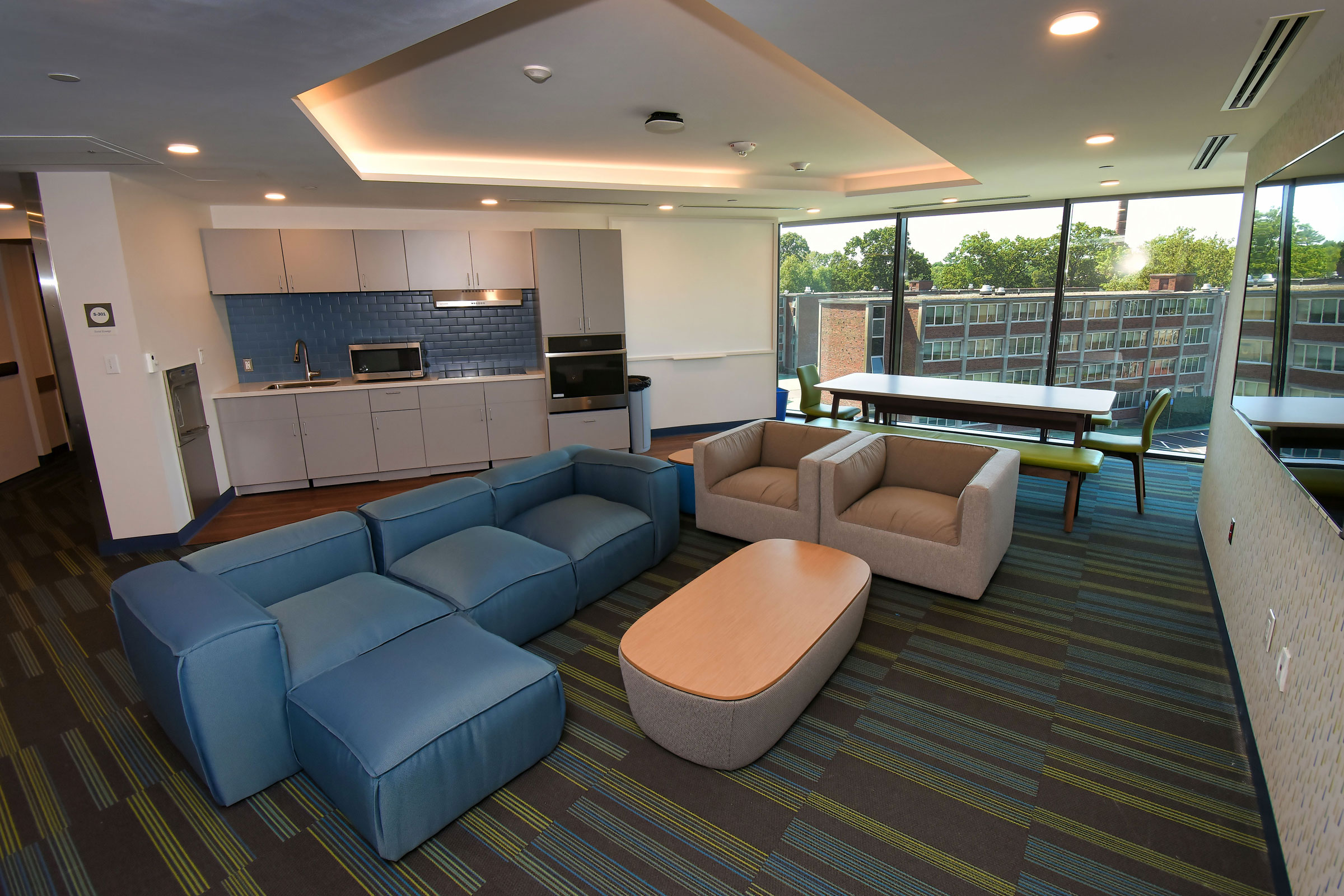Pine Hall at Wheaton College is the first student residence hall to achieve Passive House certification in Massachusetts and is the largest such project in the New England region, according to international engineering firm Thornton Tomasetti.
The 45,000-square-foot, L-shaped building was a collaboration between Thornton Tomasetti and SGA, a Boston- and New York City–based architecture and interior design firm.
Thornton Tomasetti provided Passive House consulting and whole building energy modeling, as well as building envelope and structural design services, to SGA.
“We are extremely proud of our collaboration with SGA on what is now the largest university housing project to achieve passive house standards in New England,” Michael Pulaski, Thornton Tomasetti vice president and Portland office director, in a press release. “This remarkably efficient building was designed to use up to 50% less energy than a building built to current code and meets Passive House Institute’s (PHIUS) extremely rigorous criteria.”

Inside Pine Hall at Wheaton College in Massachusetts. Photo courtesy of Wheaton College
The residence hall features 178 beds for students and a 2,000-square-foot common space for programs and events like gaming competitions, meetings, yoga classes, and small conferences.

Pine Hall at Wheaton College. Photo courtesy of Wheaton College
To achieve Passive House, the design and engineering team used highly insulated airtight construction methods, including high-performing walls (R-32), roofing materials (R-50), and triple-glazed windows. They also optimized exterior shading and employed high-efficiency heating, cooling, and lighting systems.

Thornton Tomasetti and SGA achieved Passive House certification on this residence hall in Massachusetts. Photo courtesy of Wheaton College
The building was designed and constructed with a girder slab framing system and a steel-and-precast-concrete system, which was prefabricated and then assembled onsite.

Site plan for Pine Hall at Wheaton College. Courtesy of Wheaton College
Leadership at the school say designing to Passive House standards will benefit both student health and reduce operating costs. They hope the overall ecological footprint will also be key in attracting students.
“We hope Pine Hall at Wheaton College serves as an example of what can be achieved when project teams work together toward creating sustainable and energy-efficient spaces,” Pulaski says.
The building design uses 50% less energy than a building built to current codes and is targeting a site Energy Use Intensity of 20 kBtu/st/yr.


